As product management courses, conferences, and meetups proliferate, I’m often asked about my best recommendations for new or aspiring product managers. I’ll jump right to it: here are my five book recommendations (in no particular order):
Innovator’s Dilemma by Clayton Christensen
Primarily a (warning) message to leadership teams of large incumbents– successful in their market– who fail in the face of disruptive innovation. As a product leader and executive, Innovator’s Dilemma has helped me better understand the two main types of innovation: sustaining and disruptive. It also helped me better balance the short- and long-term. Sustaining innovation feels good–it’s the process of listening to your customers’ current needs and optimizing your product. It’s about fixing bugs and improving processes. Disruptive innovation feels small and niche. It doesn’t typically solve the pain of current customers and is easy to avoid while having success in the core business. Innovator’s Dilemma explains why it is import to invest in disruptive innovation and pay attention to the future happening today, albeit in small numbers. Super helpful for the product manager who is tasked with building a disruptive new product to understand these incredibly strong dynamics.
“There must be plans for learning rather than plans for implementation”
Start With Why by Simon Sinek
A key part of being successful at product management is the ability to communicate. In particular, the ability to communicate the why behind what we build. Sinek shows how starting with why is how inspiration works. It’s how we influence people, how we influence other leaders, and how we influence engineers. Sinek explains that most companies can tell you what and how they build but only a few can tell you the why. Starting with why can challenge your assumptions and quickly align teams–which only helps execution.
“Customers don’t buy what you do, they buy why you do it.”
Creativity, Inc by Ed Catmull
This is one of the better general management books I have read. And Catmull’s recommendations for managing creativity comes with credibility–Pixar has continuously delivered amazing for decades now. The book is centered around managing creativity. In my experience, creativity is just another word for problem-solving. Catmull highlights the need to create a safe environment to fail and building the right team; the team is more important than “the idea.” If you manage a product or design team, this books will be inspiring.
“Craft is what we are expected to know; art is the unexpected use of our craft.”
The Lean Startup by Eric Ries
This book single-handedly changed the way I approach product management. It increased my rate of learning and helped me focus on the right thing at the right time. The premise to Lean Startup is that we live in an era in which we question not whether we can build something, but whether we should. We can build anything, but often startups spend time building a product to only realize there is no market. Thus the importance of learning fast, and learning against your biggest assumptions. The Lean Startup methodology, or “learn loop,” consists of build, measure, and learn. And the idea is to build the minimal experience in order to learn–to validate or disprove a big assumption. It really works, not just for PMs at startups, but at large companies exploring new, disruptive innovation.
“This is one of the most important lessons of the scientific method: if you cannot fail, you cannot learn.”
Crossing the Chasm by Geoffrey Moore
Moore does the best job explaining something called the law of diffusion of innovation. But more importantly, he highlights the chasm that exists between early adopters of a product and the early majority (or pragmatic majority). Crossing the chasm is hard. But it can be achieved by first understanding how to secure a specific niche as a beachhead first. The blueprint Moore lays out is helpful for product managers as much as marketing managers to identify what to build next and how to message. It’s both a product and marketing challenge.
“Chasm crossing is not the end, but rather the beginning, of mainstream market development.”
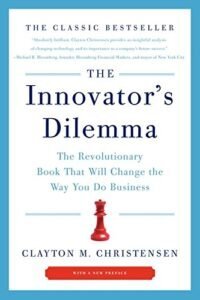
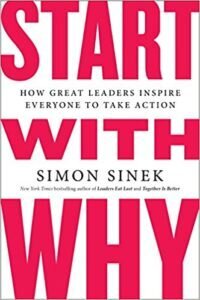
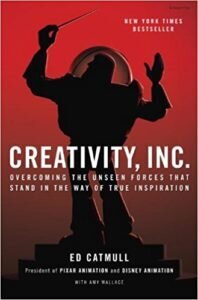
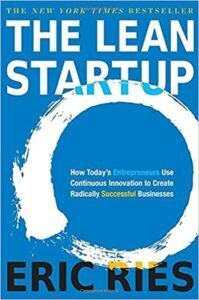
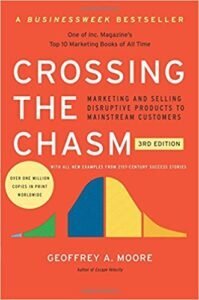
![[object Object]](https://cdn.builder.io/api/v1/image/assets%2F6a96e08774184353b3aa88032e406411%2F16b6f2565d1d4a5585db322386f9be7f?format=webp)
![[object Object]](https://cdn.builder.io/api/v1/image/assets%2F6a96e08774184353b3aa88032e406411%2F728d67faa5f64299b8f8f0b138881fb5?format=webp)
![[object Object]](https://cdn.builder.io/api/v1/image/assets%2F6a96e08774184353b3aa88032e406411%2Fc08c4160a2724c4fa3d365eb43791b09?format=webp)

